Dewdrops of Light: Shavuot 5785/2025 (reprint)

When HaShem revealed the Torah at Sinai, the Israelites died at every word… Hashem revived them with the dew that He will use to resurrect the dead.

When HaShem revealed the Torah at Sinai, the Israelites died at every word… Hashem revived them with the dew that He will use to resurrect the dead.

Shavuot Through the Years Shavuot teachings over the years.
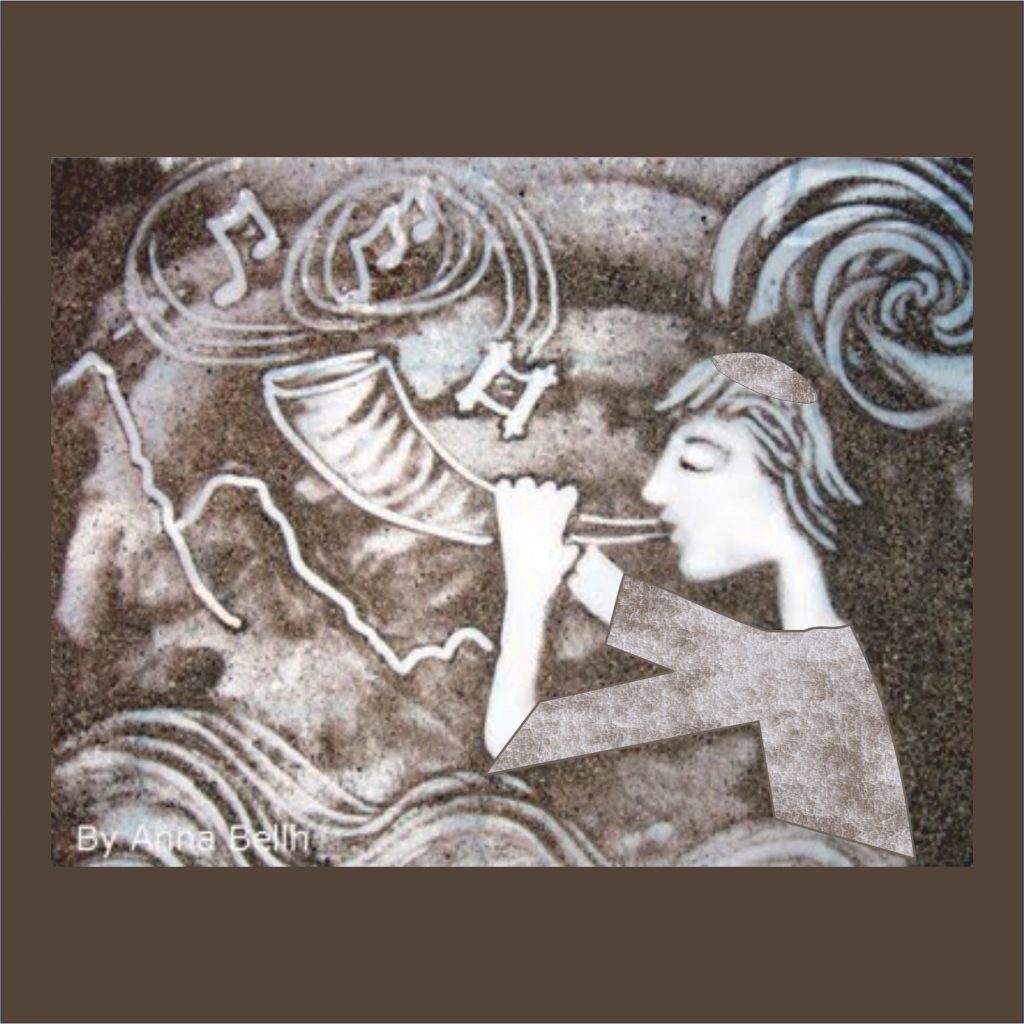
A bounty of teachings on how to prepare for Rosh HaShana and how to direct one’s intentions on the day itself. Teachings about teshuva, prayer and shofar.
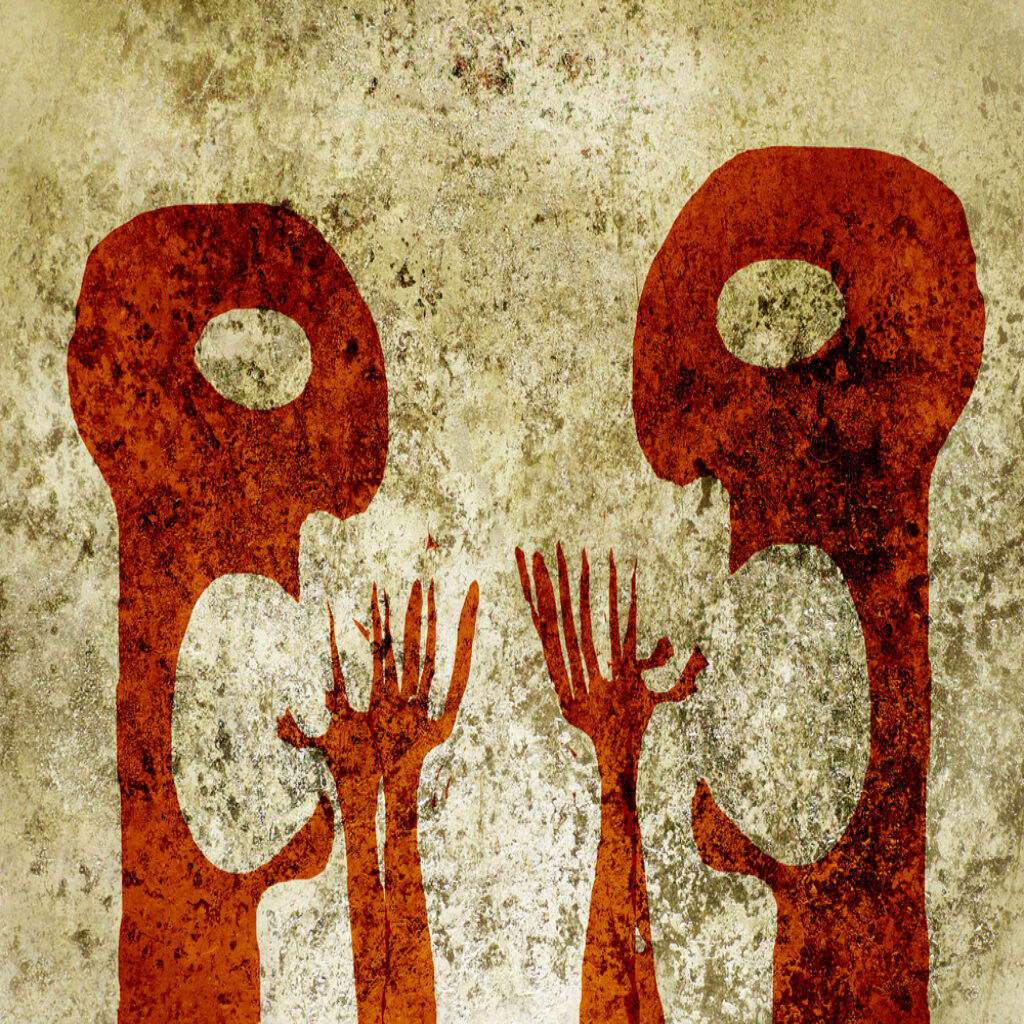
We are defining shame as the discomfort produced when the ego feels diminished or deflated. We are defining sinat chinam as baseless hatred, meaning hatred that has no justification, that has no basis to it.

Life is filled with crossroads that rarely have signs to mark the way. Each person must find the God–serving truth that applies to this unique circumstance and this moment in time.

You might be surprised to hear that addiction is as old as humanity itself…literally.

This Torah of Atzilut is what we received at Sinai, but forfeited when we betrayed its calling.

To describe the king as “entangled in the tresses” is to assert that there is a level of G-d that is entangled by our conceptions and projections of Him/Her/It.

The Torah is really three in one: the Torah of Bereshit, the Torah of Sinai, and the Torah of souls. Our job is to unify these three Torot with every word we speak and breath we take.

The Zohar is teaching that HaShem (so to speak) looked into Him/Her/Itself and articulated a will for a creation that would revel in the glory of G-d.

Shavuot teachings over the years (2008-2016).

This Torah of Atzilut was what Adam would have received had he not opted for duality, and what we received at Sinai, but forfeited when we too betrayed its calling.
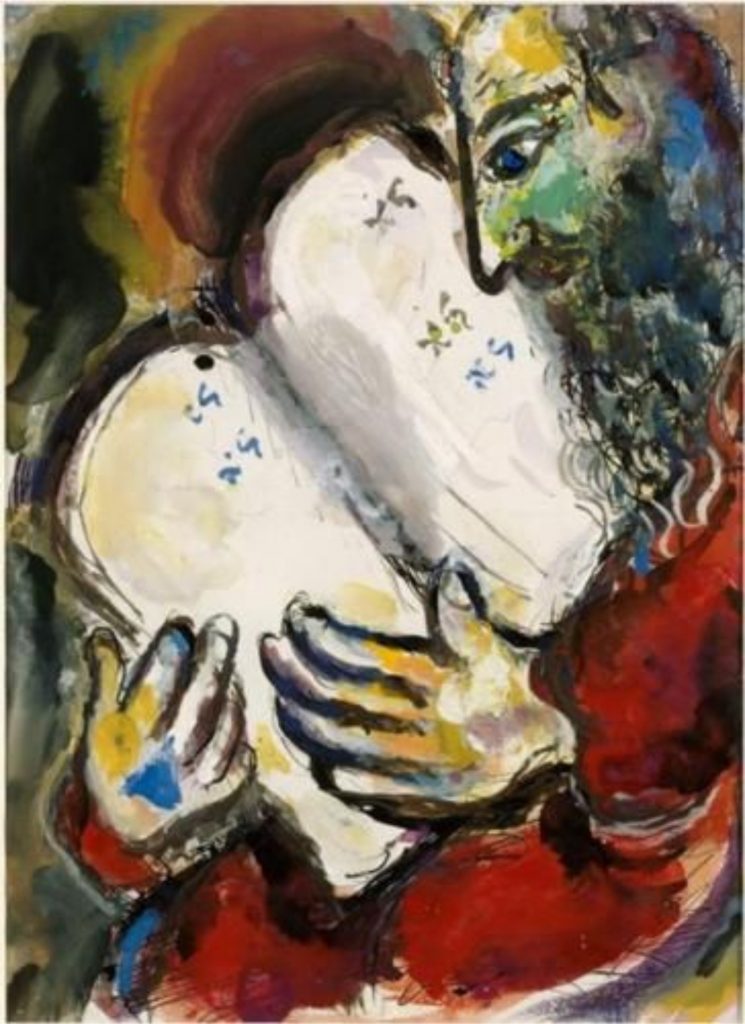
Shavuot 5778 / 2018
“And you shall know the soul of a convert, because you were strangers in the land of Egypt.”
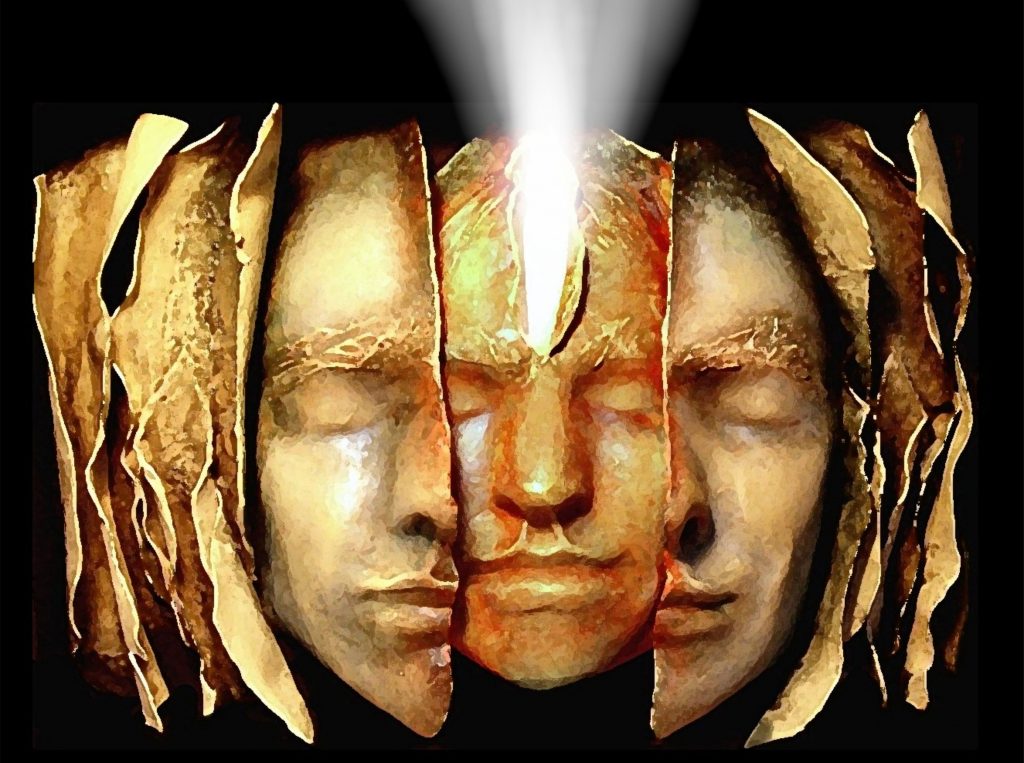
Rosh HaShana 2016 / 5777 There are three categories of tikunim, and every person has some portion of each on their cosmic to-do list.

The first of Shevat is the New Year for trees, says the School of Shammai. Beth Hillel disputes this and rules that it falls on the fifteenth of the month.
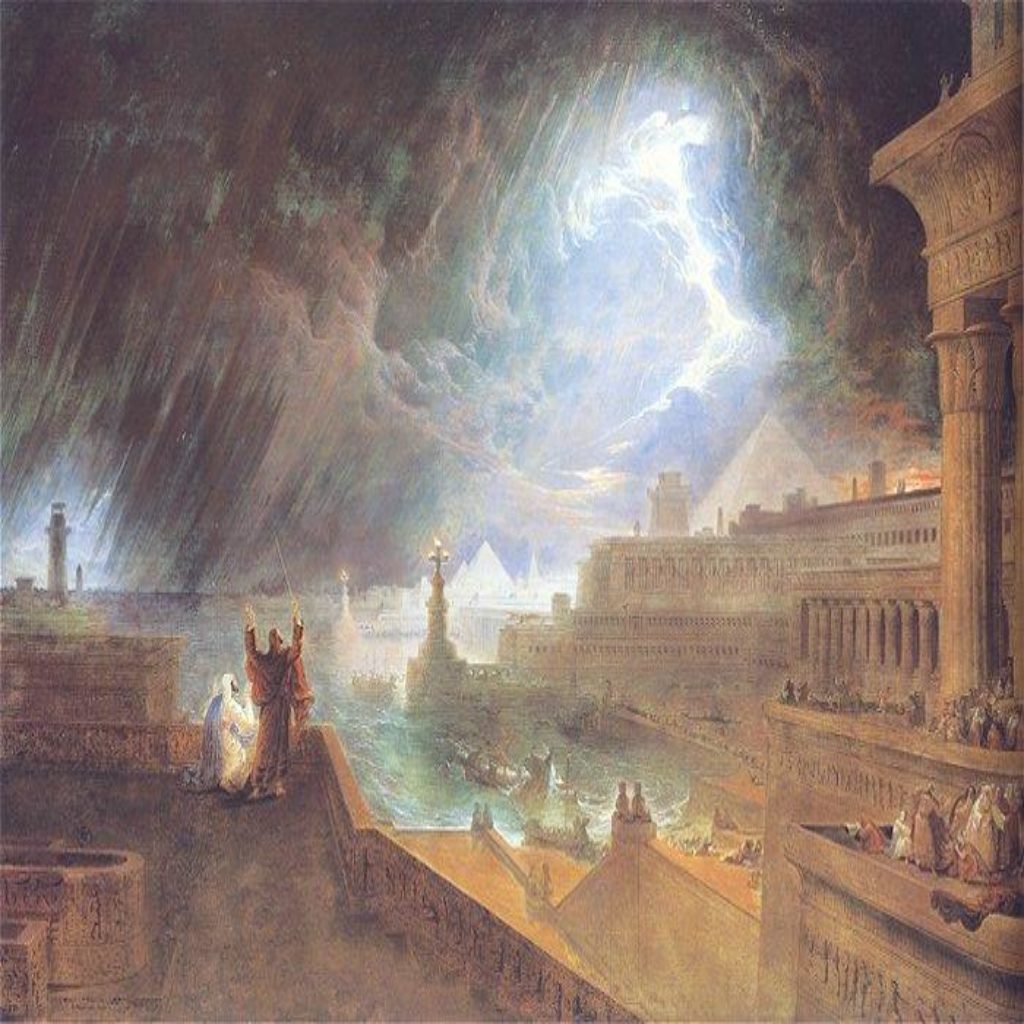
Pesach 2014 / 5774 How deep did the lessons of the plagues absorb into the nerve net of the Egyptians and bring tikun there?
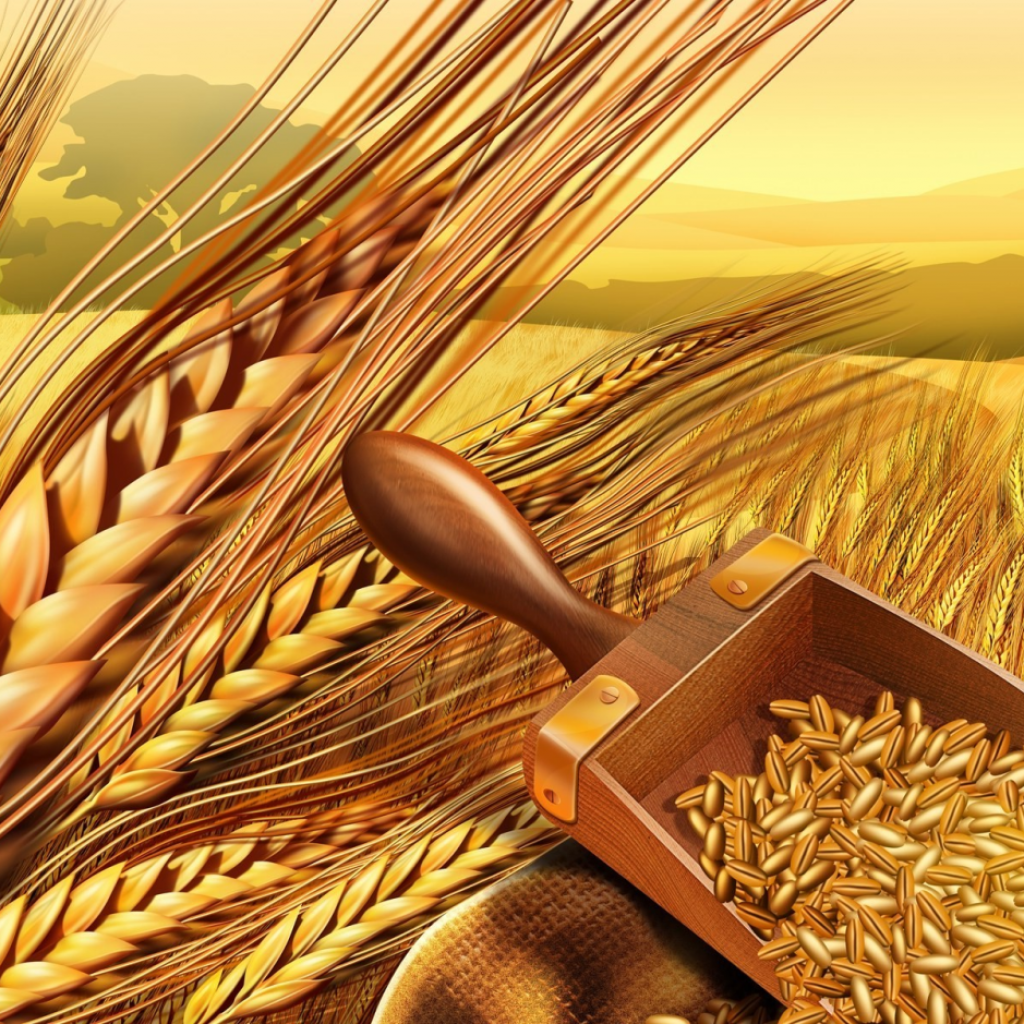
It is customary to eat fruits in celebration of Tu B’Shvat, and to admire each fruit and speak its praises before you eat it. A Still Small Voice presents a tribute to wheat.
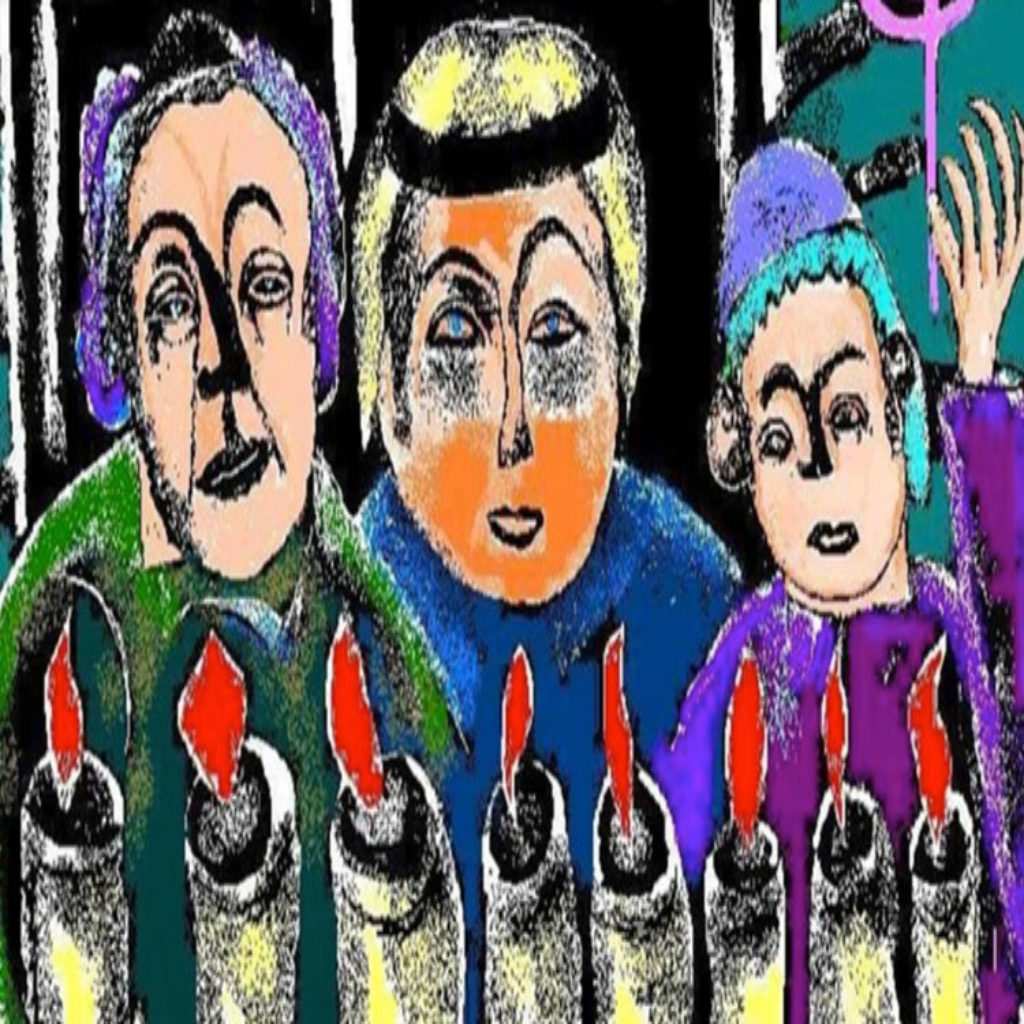
The deepening union between the Shekhina and HKBH occurs in a very different way on Chanukka than on any other day of the year.
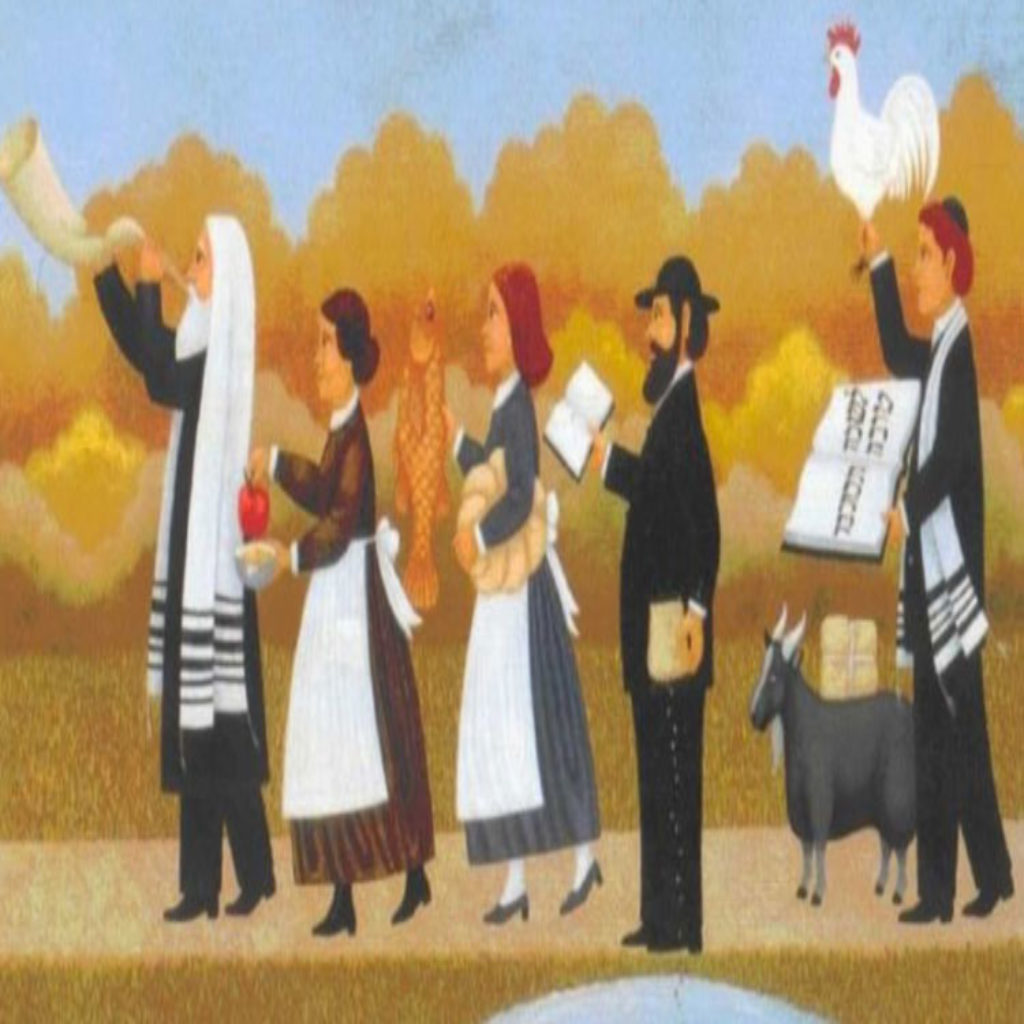
Rosh HaShana 2013. Our Rosh Hashana avoda—its soul-searching, lengthy prayers, and special mitzvot—is all directed toward one mysterious aim called “sweetening the dinim”.
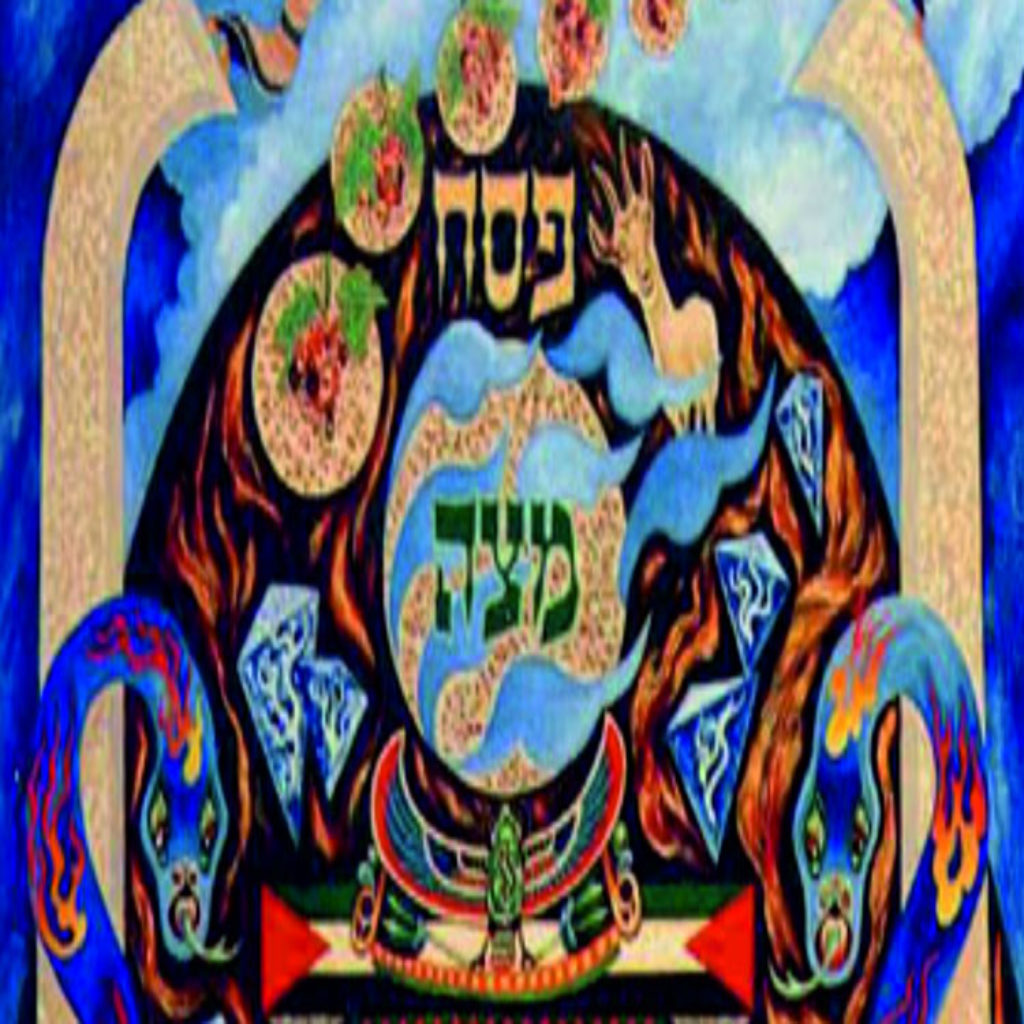
Pesach 5773 / 2013 The 12th step in our seder, Tsafun, marks the time for “dessert” which, at the seder, means our last portion of matzah, called the Afikoman.
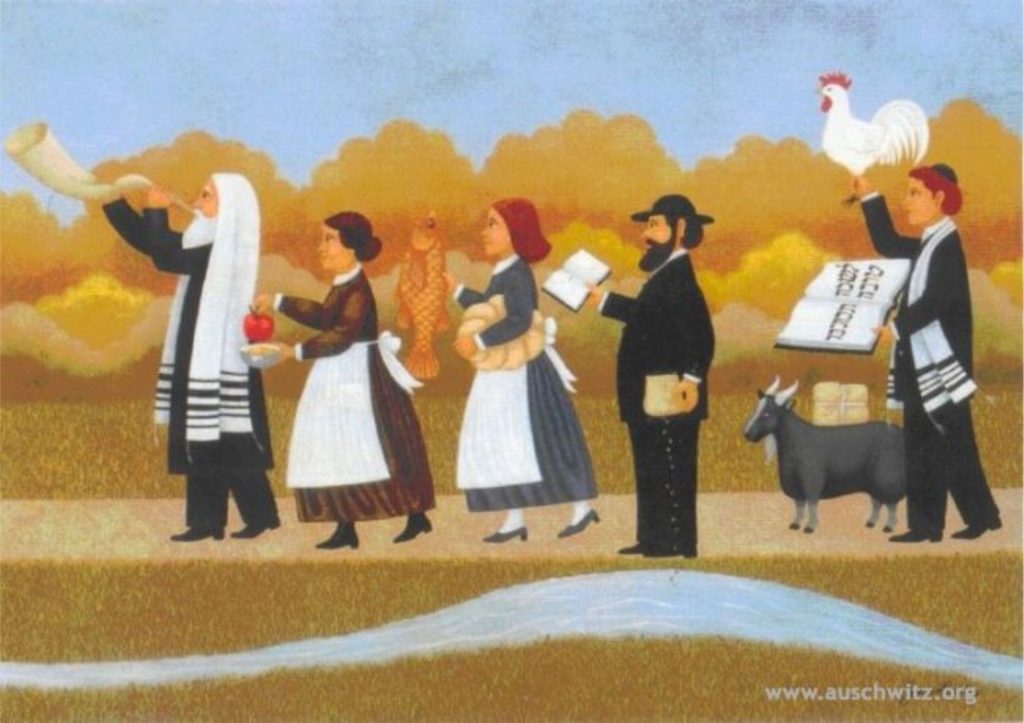
Our mission is to collect all the sparks connected to our soul. But not all sparks are alike. Some are a pleasure to gather, while others take blood, sweat, and a lot of tears.